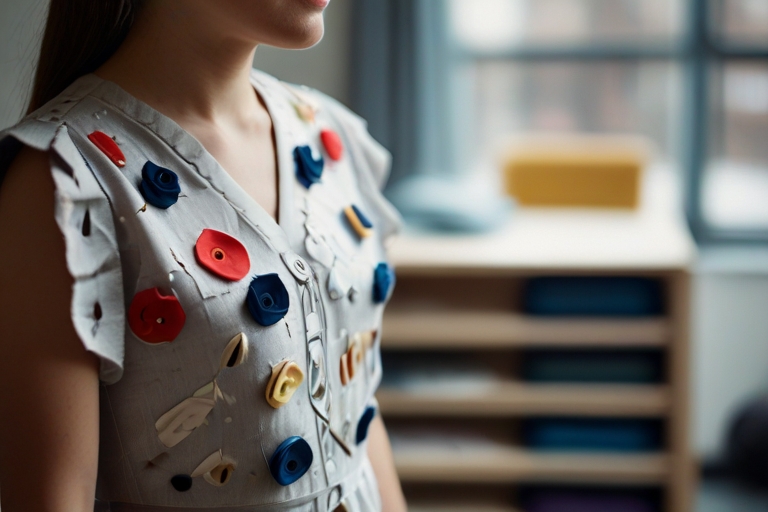
In an era where environmental consciousness is paramount, the world of stitching and sewing is embracing sustainability like never before. From the fabrics we choose to the practices we adopt, there’s a growing movement toward eco-friendly alternatives that prioritize the health of our planet. In this article, we’ll explore the concept of sustainable stitching and discover how incorporating eco-friendly fabrics and practices can make a positive impact on both our creations and the environment.
1. Choosing Eco-Friendly Fabrics: The first step in sustainable stitching is selecting fabrics that have minimal environmental impact. Look for options such as organic cotton, hemp, bamboo, and linen, which are grown and processed using fewer chemicals, pesticides, and water compared to conventional fabrics. These eco-friendly fabrics are not only better for the environment but also often boast superior quality and durability, making them ideal choices for conscious crafters.
2. Upcycling and Repurposing: Another sustainable stitching practice is upcycling and repurposing existing materials to breathe new life into old fabrics and garments. Instead of discarding unused clothing or fabric scraps, consider repurposing them into new creations such as quilts, tote bags, or patchwork garments. By giving discarded materials a second chance, you not only reduce waste but also infuse your projects with a unique and eclectic charm.
3. Mindful Consumption: Practicing mindful consumption is essential for sustainable stitching. Before purchasing new fabrics or supplies, consider whether you truly need them and whether they align with your values of sustainability. Opt for high-quality materials that are ethically sourced and produced, and prioritize purchasing from eco-conscious suppliers and brands that prioritize environmental and social responsibility.
4. Waste Reduction Techniques: Reducing waste is a key aspect of sustainable stitching. Minimize fabric waste by carefully planning your projects to optimize fabric usage and minimize scraps. Consider techniques such as zero-waste pattern drafting, where pattern pieces are strategically arranged to minimize leftover fabric. Additionally, explore alternative uses for fabric scraps, such as stuffing for pillows or toys, or patching and mending worn garments.
5. Energy-Efficient Practices: Energy-efficient practices are also important for sustainable stitching. Make use of natural light whenever possible, and opt for energy-efficient lighting and appliances in your sewing space. Consider hand stitching or using manual sewing machines for smaller projects to reduce energy consumption, and unplug electronic devices when not in use to minimize standby power usage.
6. Eco-Friendly Finishing: Even the finishing touches of your stitching projects can be eco-friendly. Choose natural and biodegradable materials for closures and embellishments, such as wooden buttons, coconut shell buckles, or handmade fabric flowers. Avoid synthetic trims and decorations that are made from non-renewable resources and may contribute to environmental pollution.
Sustainable stitching is more than just a trend – it’s a mindset and a commitment to caring for our planet and its resources. By choosing eco-friendly fabrics, upcycling and repurposing materials, practicing mindful consumption, reducing waste, adopting energy-efficient practices, and opting for eco-friendly finishing touches, we can minimize our environmental footprint and create beautiful, ethical, and sustainable stitching projects that are as good for the planet as they are for our souls. Together, let’s stitch a brighter, greener future, one mindful stitch at a time.



